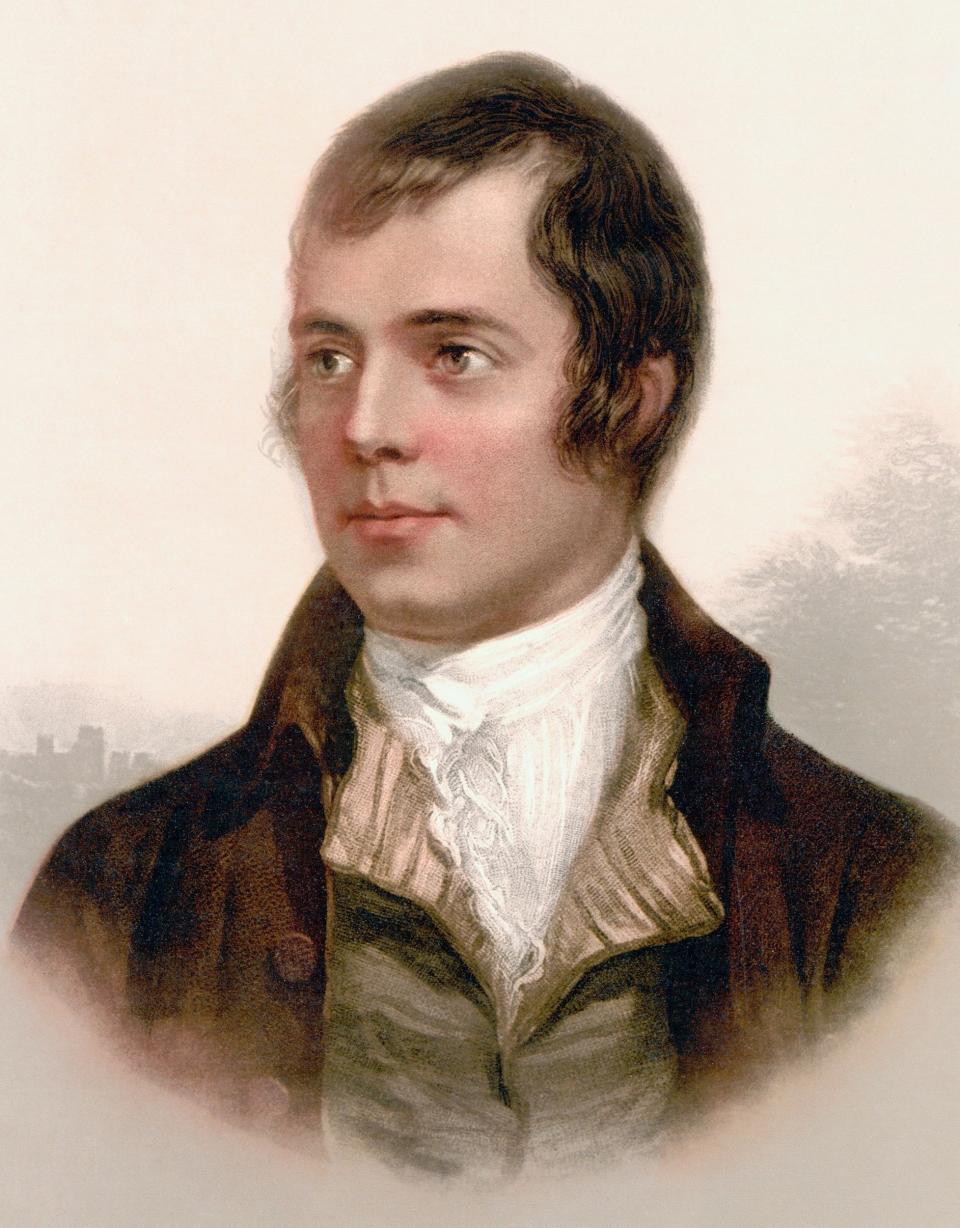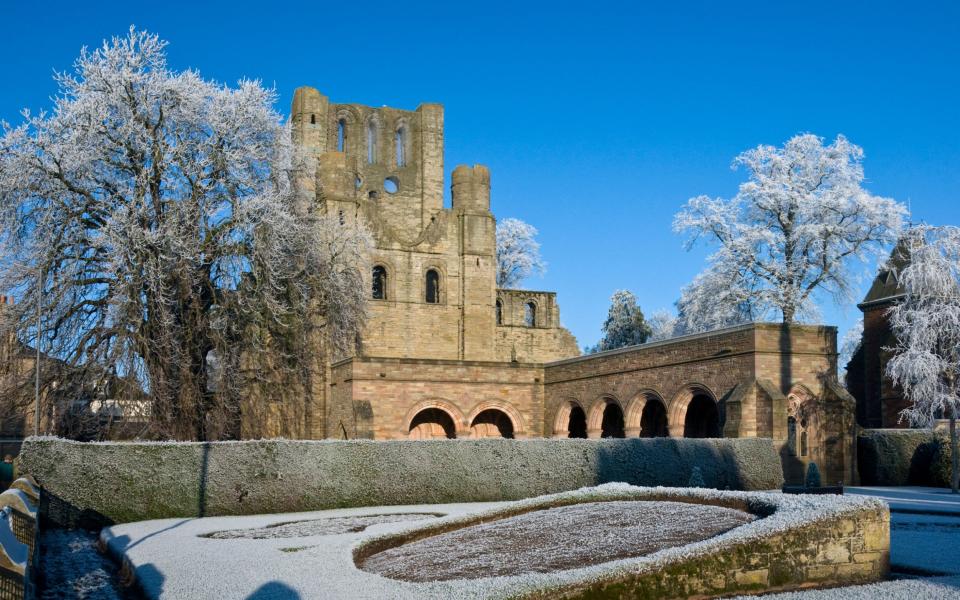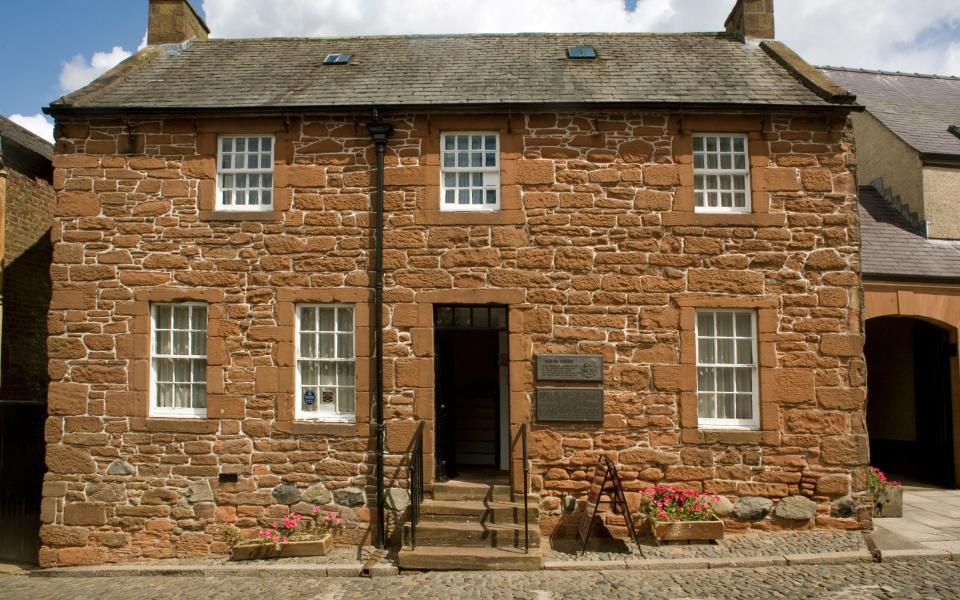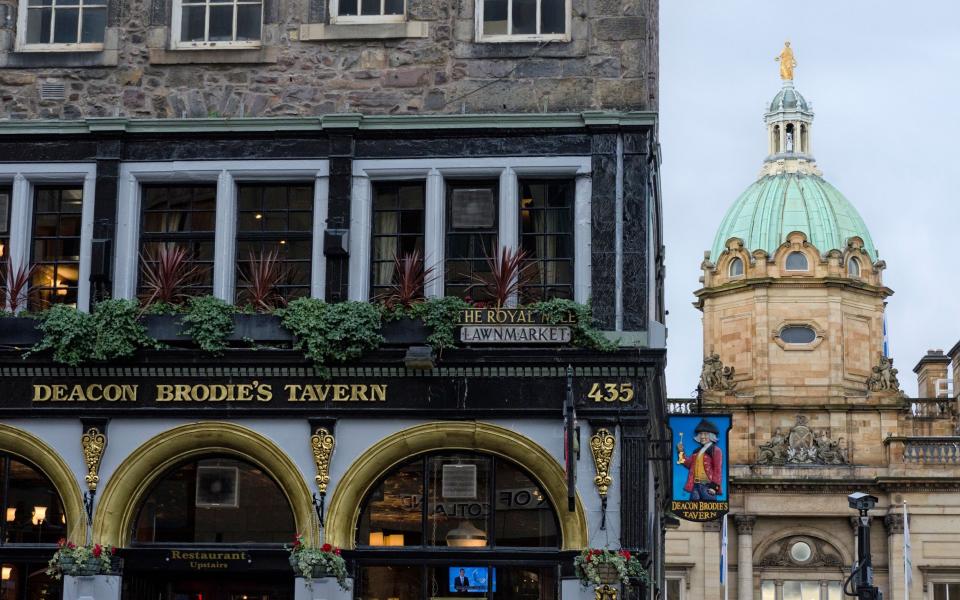There’s something about Robert Burns. More statues have been erected around the world to Scotland’s national poet than any other literary figure, and he penned arguably the world’s best-known song – the global New Year’s anthem and ringing earworm Auld Lang Syne. Not bad for a man born into poverty in Ayr in 1759.
But perhaps that was because Burns was a dreamer who fought for everything he was never given. He was also a prolific womanizer (father of at least a dozen children), a devoted drinker and a passionate advocate of Scottish independence. But above all he was an idealistic internationalist whose belief that “A Man is a Man for a Man” shines through in his work, whether in English or his native Scots.


There’s only one place to begin a deeper dive into the bard’s life: the simple thatched cottage in which he was born on 25 January 1759 in the small Ayrshire village of Alloway, now a museum. A large part of the village is dedicated to Burns; a kind of literary time warp set in stone. The National Trust for Scotland umbrella website brings together all the attractions; All of them can be easily reached on foot.
Bringing to life statues and characters from Burns’ poems, ‘The Poet’s Path’ extends from Burns Cottage to the clever, sparkling, modern Burns Museum.
The main screens are all written in Scots with English translations available; The dominance of Scots makes visitors think of Scots as a separate language, something Burns would no doubt be excited about. Don’t miss the café, where visitors can dine at Burns, while young aspiring poets can play outside in a replica of the Burns Cottage theater building.


Nearby is the 21-foot-tall Burns Monument, which overlooks a well-tended rose garden (Burns’ favorite flower). Designed by Sir Thomas Hamilton Junior in the 1820s, the monument’s nine columns represent the muses of Greek mythology; A reference to Burns being inspired by the Classics as well as Mother Nature.
Following in the footsteps of Tam o’ Shanter (the title character of one of his greatest poems) takes visitors to the ruined Alloway Auld Kirk and thence to the original Brig o’Doon. This stone-arched bridge has escaped collapse several times and has changed little since Burns walked over it every day with his father on his way to work. Walking on the cobblestones literally means walking in the poet’s footsteps.
For Burns fans looking for more local landmarks, there’s Souter Johnnie’s house in Kirkoswald, an 18th-century shoemaker’s workshop immortalized in Tam o’Shanter.
Burns’ other attractions in Ayrshire include the Undergraduate Club in Tarbolton, where Burns is said to have learned to ‘dance and debate’; The ‘Rule of 10 Members’ was prepared by Burns. There is also the Burns House Museum in Mauchline, where Robert Burns lived and worked between 1784 and 1788.


Because her heritage stretches across the south of Scotland, drawing up a travel plan can be almost as difficult as trying to translate Scots into English without losing its exciting romance.
Fortunately, a new 287-kilometre Burns Trail has been announced, taking travelers on a six-day adventure from Eyemouth on the east coast along part of the Borders to Dumfries in the west. This driving route is inspired by Burns’s 1787 tour of southern Scotland, calling out the three romantically ruined abbeys at Kelso, Jedburgh and Melrose that sparked his imagination before heading westwards towards Dumfries and Galloway.
Ayrshire will always remain Burns’ country, but the historic market town of Dumfries was where he spent his later years. After struggling for years to become the self-taught tenant farmer he dreamed of at Ellisland Farm (open to the public as a modest museum just north of Dumfries) and praised in his writings, he retreated to Dumfries, where the town has now become an equally important place. came. Alloway is the stop for Burns devotees.
Burns House, where he lived from 1791 until his death in 1796, is a must-see. In this simple sandstone mansion, you can admire the famous Kilmarnock and Edinburgh editions of his works, as well as see the simple study where he wrote some of his best-loved poems.


Another landmark is The Globe Inn – it may have been recently renovated, but Burns’ poems are still engraved in the windows, and the tradition continues that if a visitor cannot read Burns in his old chair, he will pay for the tour. Either way, there’s no better place to cause the man himself a little drama.
From the Globe Inn the Robert Burns Way crosses the River Nith as it winds around the market town of Dumfries; just like Burns did when he worked as a tax preparer. The road passes his statue in the town’s pedestrian centre, then re-enters his story at the Robert Burns Centre, a popular cinema with a Burns exhibit.
The natural end of the walk is St Michael’s Kirkyard, where the poet was buried after dying of rheumatic fever at the age of 37. The poet currently rests in the specially built Burns Mausoleum, along with his widow, Jean Armour, and five friends. children. It wasn’t always like this: before it was moved in 1817, it was actually buried under a simple, inconspicuous stone; It’s an indecent tribute that Burns admirers and pilgrims William and Dorothy Wordsworth were horrified to see when they visited.


A Burns-inspired pilgrimage to Edinburgh is also on the agenda. It’s not like the Scottish capital has always embraced the man: the city’s haut monde She was often too appalled by his radical nationalism and womanizing ways to fully acknowledge his talent during his lifetime. But it certainly left its mark on the city; Check into the White Hart Inn on the cobbled Grassmarket, where Burns held court in front of the town’s gallows, or head to one of his haunts, Deacon Brodie’s Tavern. On the Royal Mile. The Edinburgh Literary Pub Tour weaves together Burns’ stories, stopping at some of the city’s storied pubs.
The Writers’ Museum houses a respectable collection of Robert Burns’ works, manuscripts and personal belongings, as well as his portraits and a writing desk from his home in Dumfries. But perhaps the most famous of all his likenesses is on display in the Scottish National Portrait Gallery, brilliantly photographed by his friend and fellow radical Alexander Nasmyth. It’s a thrilling, dramatic portrait that Burns would, of course, toast to Auld Lang Syne.